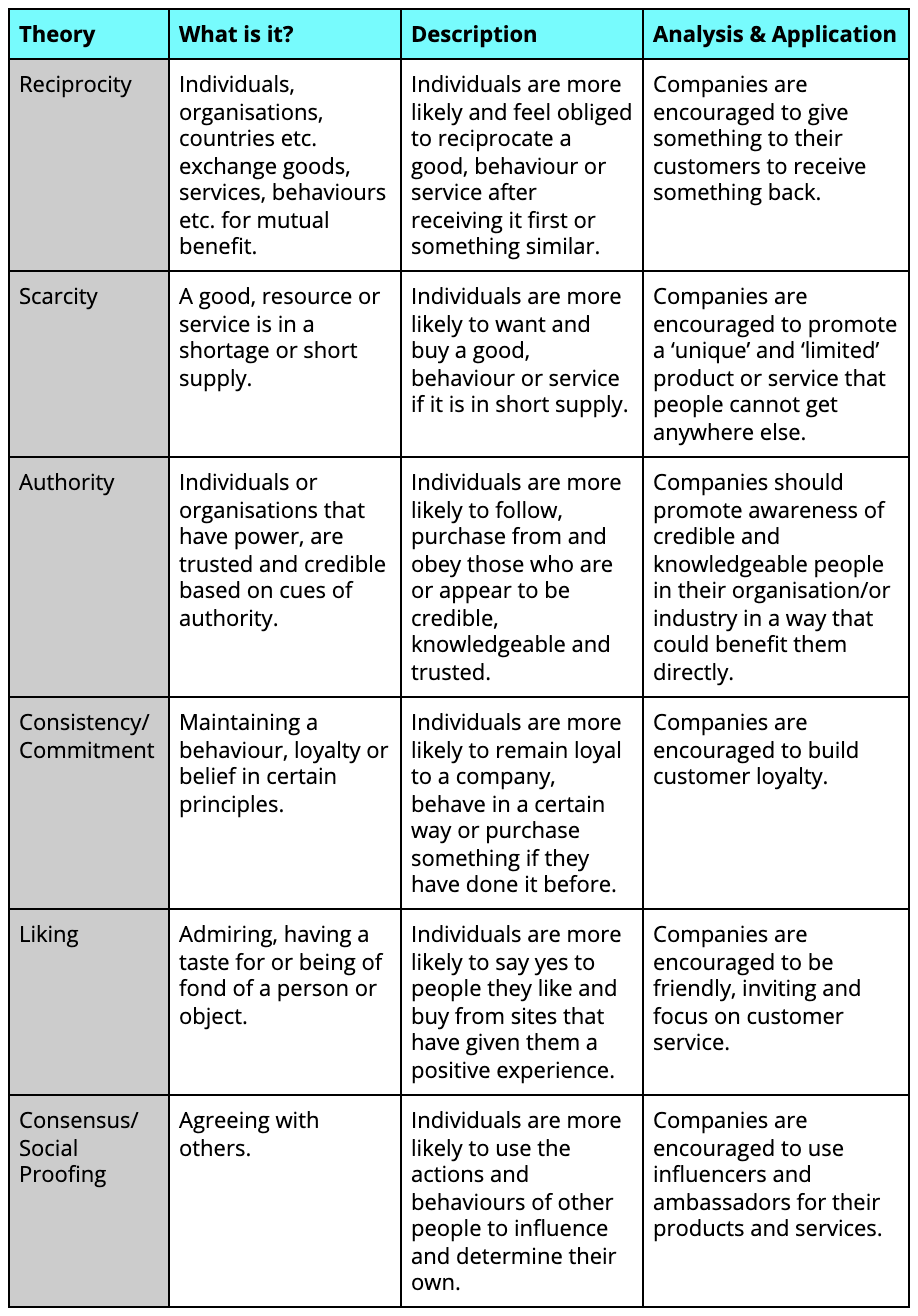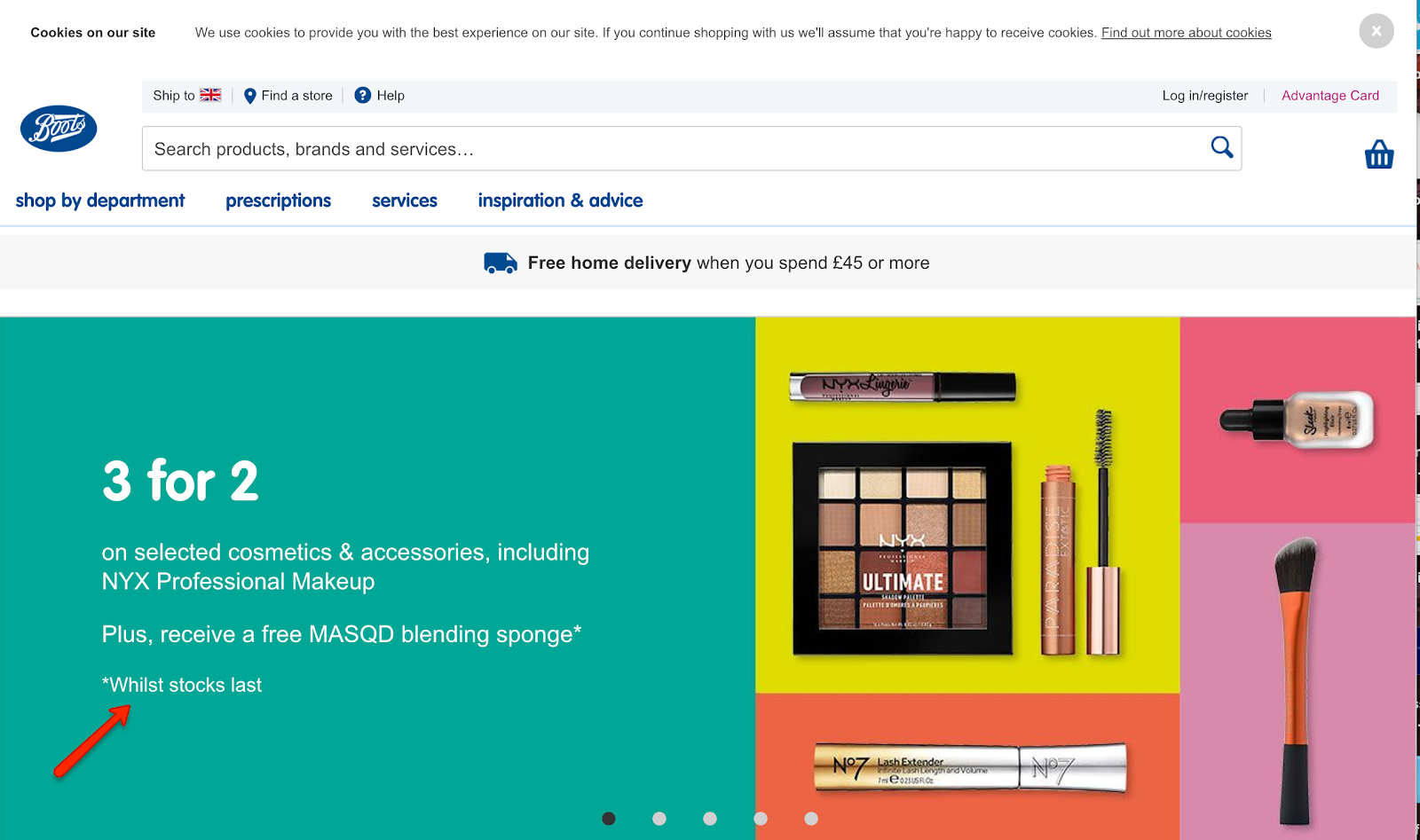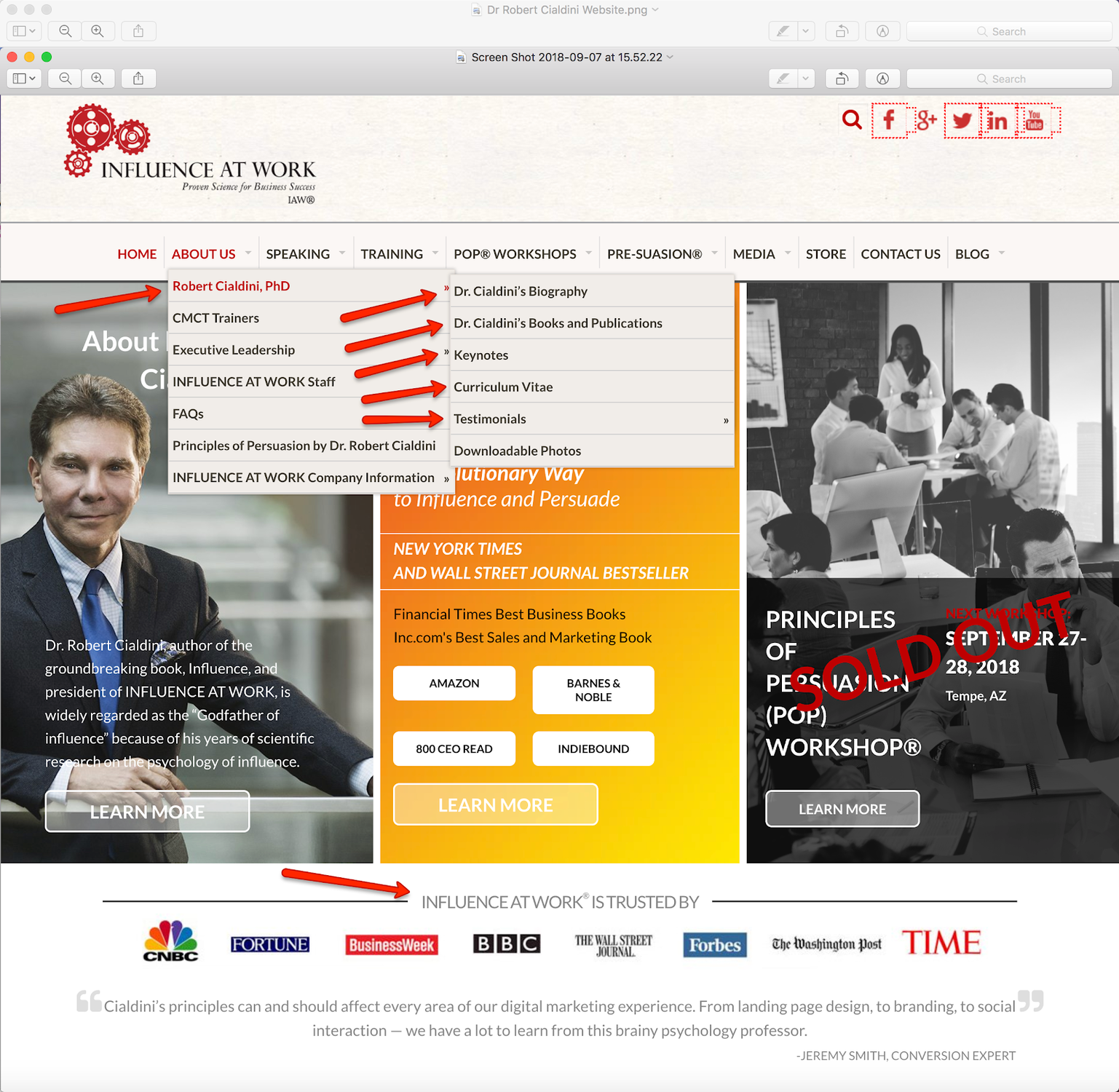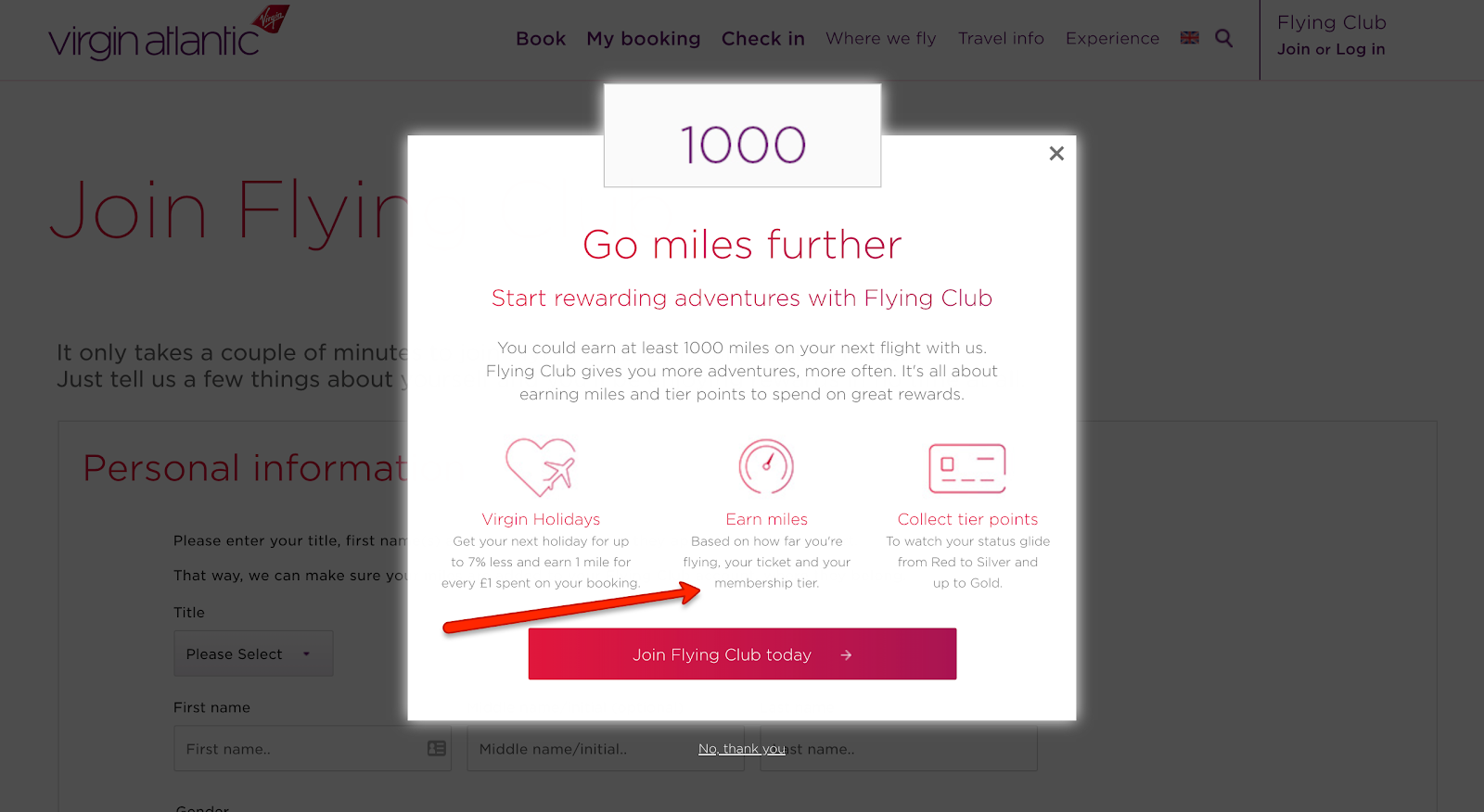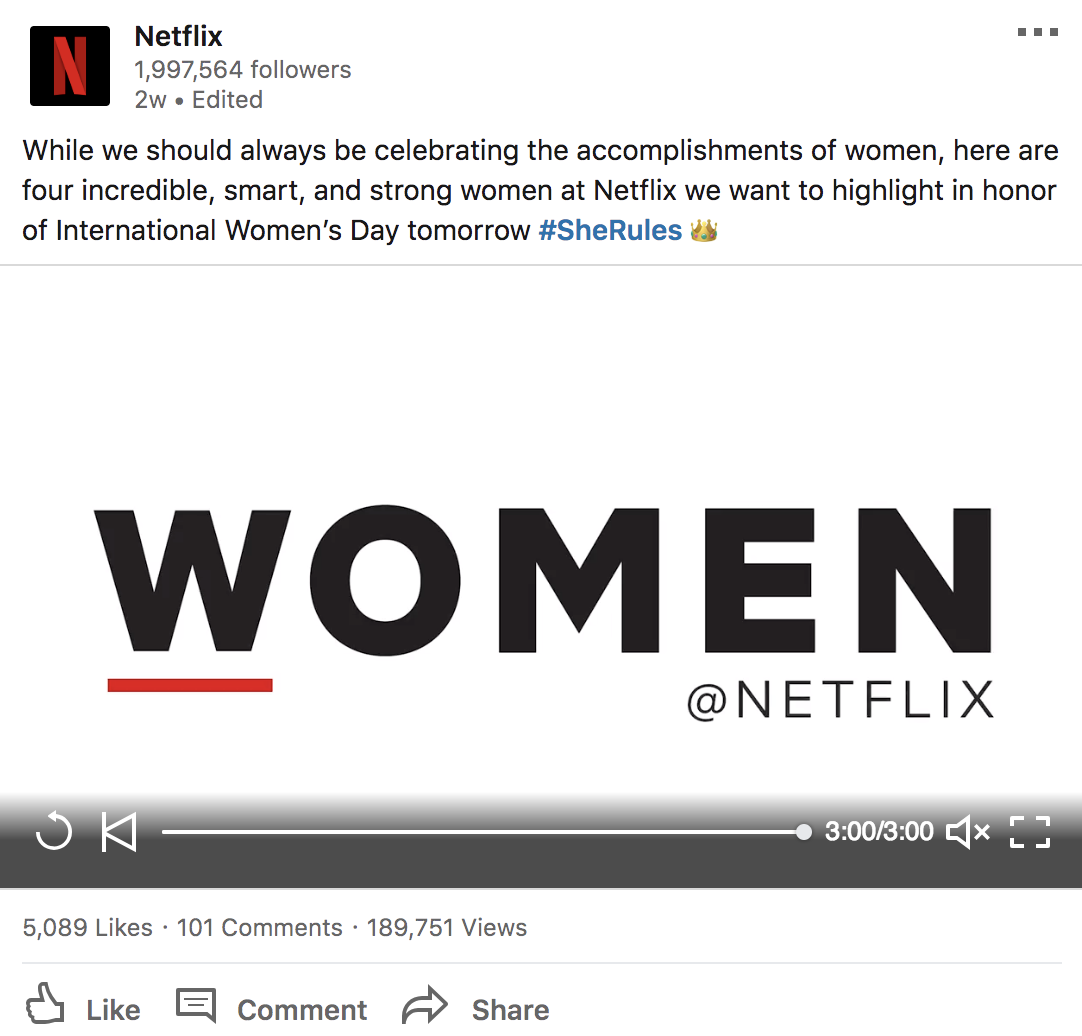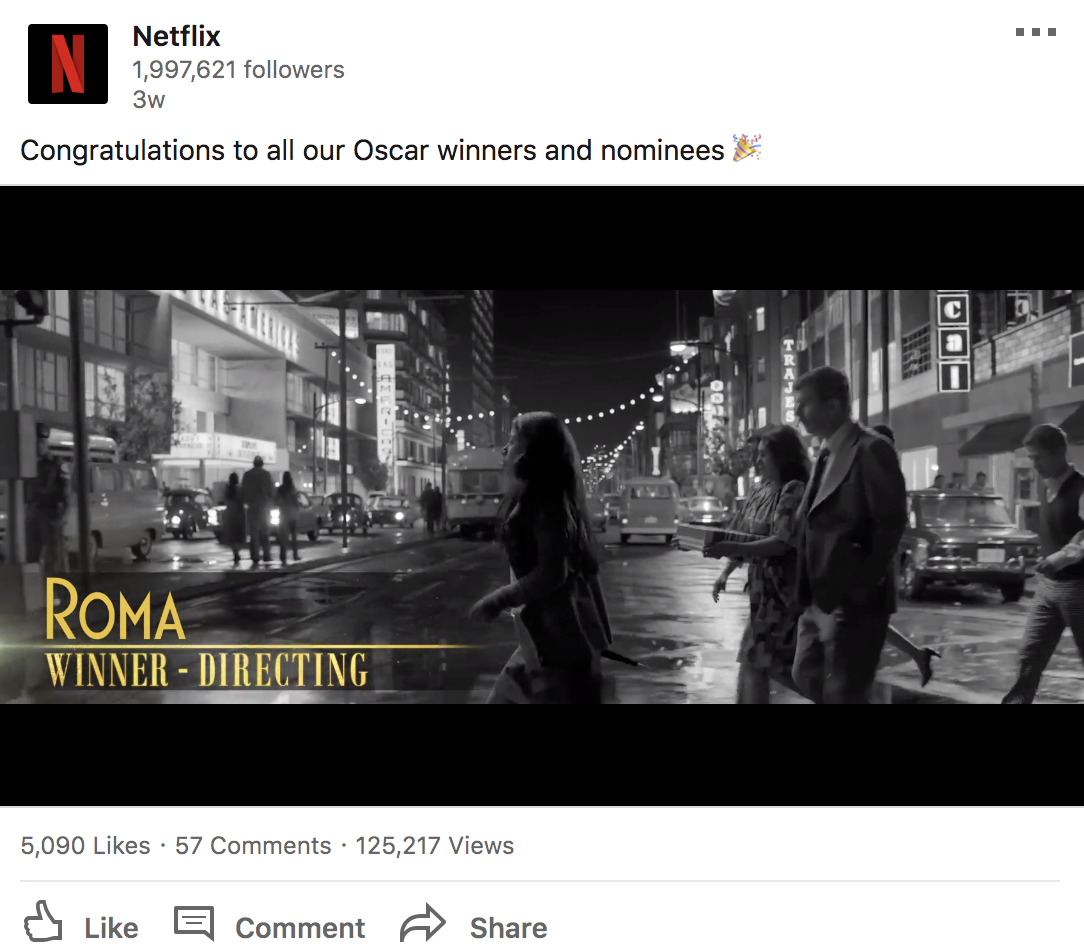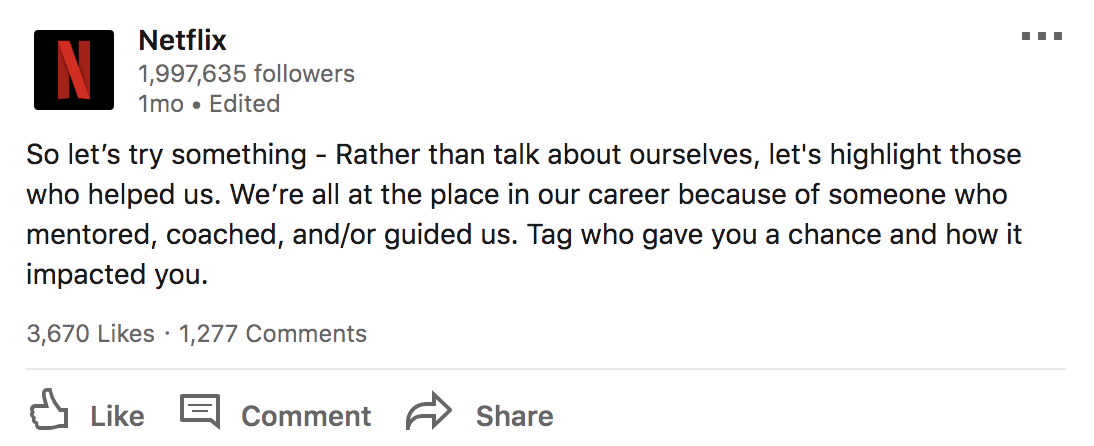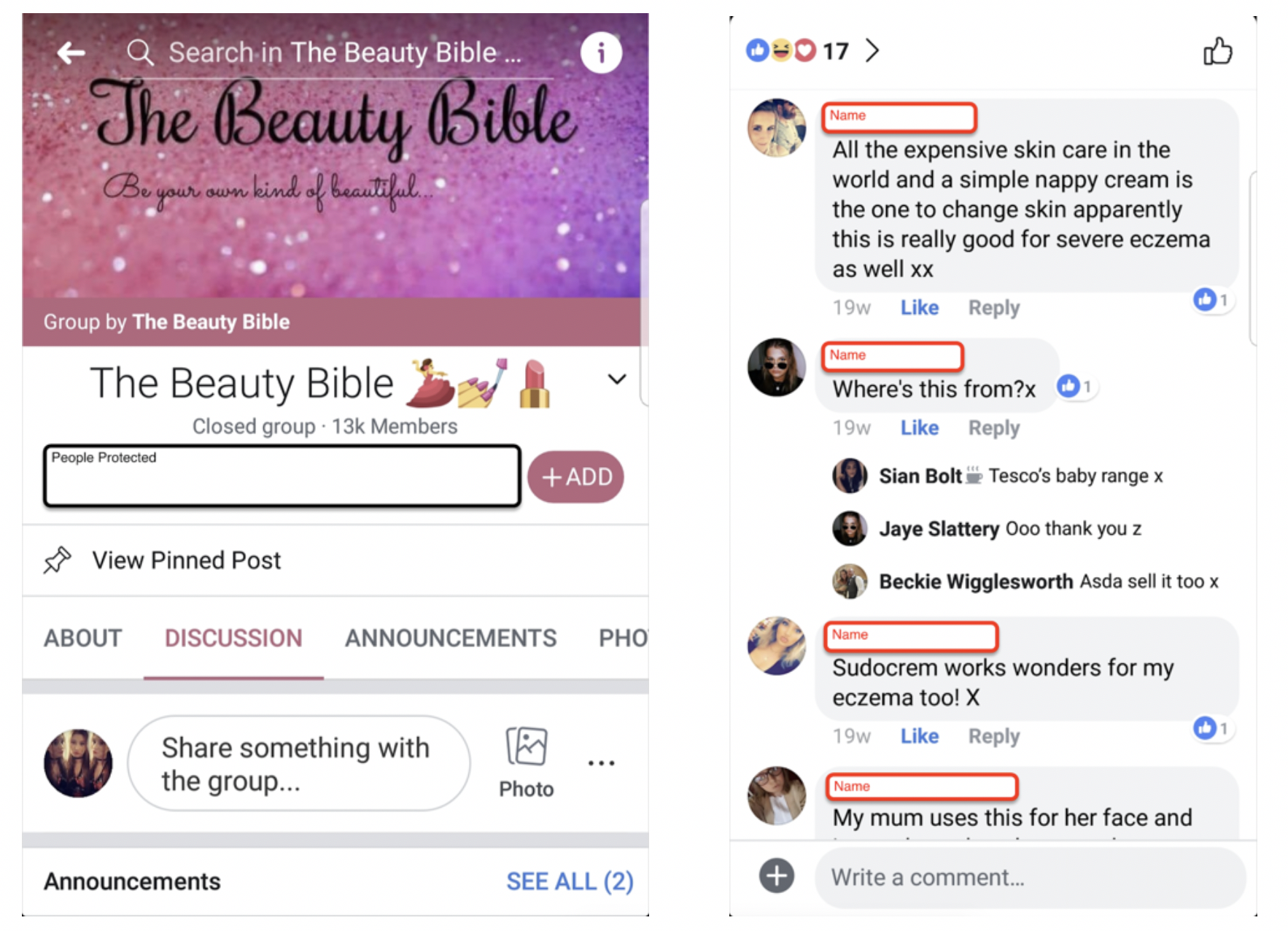When it comes to combining marketing with psychology, I have always had a fascination with:
- Why do people behave the way they do?
- What factors actually influence this behaviour?
- How can you modify this behaviour using key messages in marketing?
But – why now? Well, at university I studied behavioural psychology for a few years – conducted a few experiments during this time – and after watching a few psychology related talks at BrightonSEO, and the current development of my StressBuddy app – I began to wonder how someone could apply various psychological theories in a similar format to optimise key messages in marketing and PR activities.
Why do people behave the way they do?
According to research by famous behavioural psychologist including B.F. Skinner, Ivan Pavlov, Victor Schwab, Robert Cialdini and more, people are influenced and driven by:
- Behavioural Contingencies: Reinforcement & Punishment (Events/stimuli that encourage or discourage a behaviour or emotion.)
- & Emotional Drivers (Emotions that are attributed to either feelings of loss and reward and encourage or discourage a behaviour).
In essence, what this means is that people are more likely to engage in a behaviour when it benefits them or helps them escape something unpleasant. People are also more likely to refrain from something if they know it will cause an aversive consequence or when they will lose something they have/want.
Why is this relevant? & What factors influence this behaviour?
Well, there are around 15 to 20 behavioural theories based on the foundation of either loss or reward which motivate human behaviour that you can utilise to optimise messages your marketing activities so they are influential and persuasive.
However, for the purposes of this blog, I will be discussing 6 of them that are most relevant and easy for organisations to apply to their marketing strategies:
- Reciprocity
- Scarcity
- Authority
- Consistency/Commitment
- Liking
- & Consensus/Social Proofing
In the table below, I have provided a detailed description of what each theory is along with how companies can apply each generally. In the next section, I will cover each in more detail and provide specific and realistic marketing tactics and key messages that you as a marketer or business professional can use efficiently.
However, If you are like me and would like more research/proof regarding these theories, Buffer has a great blog on Medium with studies and research findings regarding each of these in addition to others and you may also benefit by reading Dr. Robert Cialdini’s book, Influence.
If you are okay to move forward, here are the Theories of Influence & Persuasion:
But, how can you modify this behaviour using key messages in marketing?
Reciprocity- First, Exclusive & Personalised
Consumers are always looking for the best deal – and part of this has to do with what company offers the most reciprocity. For instance, do you have a Gold Pokemon account so you are offered products first? Or do you promote a product on YouTube consistently solely so you can have exclusive access? Or did you by any chance open up a credit card with a clothing or supplies shop like Next so you can get a percentage off your purchase?
Well, this is because of reciprocity and people, in general, are more likely to do business with/purchase something from a company that has given them something FIRST or are giving a promise of something in return for purchasing/doing business.
So, what are some ways that companies can do this?
Businesses can provide:
- Free samples (with or without purchase)
- Free shipping
- Free trial
- Free resources
- Free consultation
- % Off
- Best price guarantee
- Price match
Reciprocity in Action
In the below example, these hotel booking websites have decided to use reciprocity in their PPC messaging to encourage Googlers to click on their ads. By offering deals on hotels with free wifi and breakfast included as well as no booking fee and giving people the opportunity to save money motivates people to click on these ads. Why? Because people have a feeling of being rewarded and are more inclined to engage in business with a company if there is mutual benefit.
Scarcity – Limited & Unique
Did you know that people were actually more drawn to alcohol and consumed more of it during the prohibition in the US more than any other period in time? Why? Because it was scarce and consumers are more drawn to things that are limited, unique and scarce for fear of losing or missing out.
This is also why sales go up so high during Black Friday especially in countries like the US although there isn’t actually that much of a difference in price for a lot of products. In truth, some prices are even inflated during the holiday season. However, because people think they are going to miss out as Black Friday is advertised as getting a ‘last minute deal’ or ‘limited supply deal’ or ‘lowest price for one day’ – people have an urgency to get it before it is gone.
So how can this phenomenon be utilised by businesses?
- 2 for 1 – Limited Time
- % Off Shipping – 1 Day Only
- Limited Product With Purchase
- Only # Left in Stock
- Live Stock Indicator
- % Off Entire Store – Ends ‘Date’
- Last Minute Sale Email
- Holiday Specific Sales
- Next Day Delivery if Your Order by ‘Time’
- Bids
- Auctions
- Social Competitions
Scarcity in Action
I looked at Boots’ website on two different days – and both days they had at least one message that created some feeling of urgency and scarcity – outlined by the red arrows.
It is also worth mentioning that not only was a scarcity message apparent in both examples – they were also the first slider ad to appear on both days? Coincidence? I don’t think so. In fact, my guess would be that Boots has found these messages very effective – and since Boots is massive and all over the UK – other companies should consider how these messages could benefit them as well.
Disclaimer: While these messages can be effective – they need to be used in accordance with the Consumer Protection from Unfair Trading Regulations of 2008 and the Consumer Rights Act of 2015. Examples of how this may impact you and your consumers can be found here.
Authority – Trust Me
Why do you let our GP treat you? Did you watch her or him finish school and were you there during his or her clinical rotations following medical school to assess that person’s treatment accuracy? Odds are, your answer is no, and yet, you let your GP treat you? Why? Based on research, the reason you trust this person is because of his or her job title, appearance and the medical tools and supplies in his or her office.
According to the theory of authority, people believe others when they appear to know what they are doing or saying by cues of authority.
But what are these cues? Well, the cues essentially can be broken down into three subgroups:
- Professional & Significant Job Titles or Descriptions: Doctor(Dr.), Professor (Prof), Doctorate (Ph.d.), President, Founder, Chairman, CEO, Industry Experts & Job Titles Specific to Industry
- Appearance & Clothing: Police Uniform, Religious Outfits (Pastors, Monks, Nuns, Priests), Military Uniform, Suit/Smart Wear
- Trappings: Accessories accompanying a position or role – Police Badge, Religious Robe, Watch, Expensive Car, Suit
Although most of these are ‘real-physical-world’ examples – you can also apply them into your digital marketing activities.
- Professional & Significant Job Titles or Descriptions: Utilise education backgrounds, experience and job titles where possible. This could include a detailed about page with images and backgrounds of key people in the industry – as this information improves ‘authority’. Not to mention, humans are more likely to trust a business if it uses images of real people to create a small simulation of face-to-face contact. It could also mean producing a blog that contains industry thought leading research pieces.
- Appearance by Design: The first impression people have of businesses in the digital space happen mostly on their websites. Considering how impactful design can be – especially regarding the use of appropriate colours, typographies, imagery etc. – all businesses should ensure that their website can compete visually, is professional and industry relevant.
- Trappings Through Trust Signals: Like Google uses various trust signals to rank a website, you can also utilise these so that consumers trust you more as well. This could mean:
- Encouraging clients or customers to leave testimonials on Google
- Providing examples of work, a portfolio or case study page on your website
- Increase your followers on social media (LinkedIn, Twitter, Facebook, Instagram, Periscope etc.) through strategic thought leadership blog sharing and networking
- Creating a YouTube or Vimeo channel and uploading quality videos and increasing watchers and followers
- Applying for and winning awards in your industry to display on your marketing materials
It’s also important to note that this can assist with fulfilling Google’s EAT Guidelines.
Authority in Action
I mentioned Dr. Robert Cialdini earlier in the blog as being an extremely influential psychologist. Well, he is also a great example of authority in action as his website is a perfect example of this being implemented effectively. Not only is his website design perfect for his industry, but it also contains many trust cues that you can see outlined below.
So, what can companies learn from this? Well, the more information you provide in relation to cues of authority – the more credible you are – and the more other people will trust you.
Commitment – Building Brand Loyalty
It costs more for a company to get a new client than nurturing an existing one. Why? Because people have a tendency to remain loyal to a company they have been doing business with already. So how should businesses deal with this? Well, by improving customer loyalty and getting customers to do a service with you. But how?
Businesses should provide customer incentives where possible and encourage people to publicly support the brand in order to reinforce their loyalty via:
- Facebook & Instagram competitions: Encouraging participants to share or like an image/post/page for opportunity to win something of value or using a hashtag(#) with an Instagram photo for a chance to win etc., encourages people to share your product/brand – thus making a public statement of commitment and support for it. Quite interestingly, people are less likely to go back on their word once they have made a public statement for support.
- Point-schemes: Do you currently have a rewards card for a petrol station or shop? & Do you go into this shop (i.e. Boots, Tesco etc.) often or primarily because you can earn points to spend on other things? Point schemes are attractive and encourage loyalty because why are people going to shop at another store if they can be rewarded through their loyalty with your store?
Commitment in Action
So, as an American who travels often back and forth to the UK, I have been roped into flying on both Virgin Atlantic and British Airways flights. While these flights are amazing yes – there are plenty of flights that are cheaper than both of these companies. However, I have already started earning flyer miles for both, so if I fly with other airlines – I will feel as though my previous flights were a waste of money (although that is still a possibility) because I have already earned these flyer miles and one day – I can spend them on something great (hopefully.)
So although I could probably find a flight that is cheaper and of the same quality – I will be sticking with Virgin Atlantic. What’s more important though – is that there are plenty of other people who feel the same way I do about something similar.
Liking – The Overall User Experience
People do business with people and businesses they can relate to and ‘like.’
But how do you get people or consumers to like you?
- Exploit The Law of Physical Attraction: Improve the usability of your website and make it as visually appealing as possible so it is more ‘attractive’ to your consumers. This may require A/B testing, audience research and heat map analysis for efficiency. This isn’t just about websites though – this includes anything that represents your brand from social media – to video marketing – and more.
- Find Common Ground & Similarities: Approach your audience as someone who is understanding and empathetic – like a friend – so they feel they can relate to you. This may mean surveying people or asking businesses about their needs.
- Flatter, Commend & Compliment: Connect with your clients/customers on social media platforms and share their positive news and product testing videos so they feel the relationship is mutually beneficial.
- Encourage Partnership & Cooperation: At StrategiQ, we make it a point to work WITH our clients not FOR them because we are growing and improving together. For companies who have consumers as a target audience – you can support the same causes as your consumers such as the environment or mental health – other CSR related activities.
- Utilise The Power of Association: Businesses should possess and continually reinforce company values that connect with their target audiences so that these audiences can easily associate these with the brand.
Liking in Action
Although I may be biased because I binge on this platform, for me, Netflix is one of my favourite companies to follow on social media – and make me proud to be interacting with them.
The reasoning is because they continuously reinforce their values and audience focus by:
- Acknowledging the successes of their partners
- Engaging with LinkedIn audiences via questions
- Promoting a positive culture that cares about diversity and global wellbeing
On that last point – as a consumer – I am very cautious about companies I do business with especially if they treat their employees poorly and are not investing in CSR – and I’m not the only one.
Per the 2018 Global CSR RepTrak® 100 report – a research study that has been operating for over 20 years and encompasses data from massive organisations including Google – people are 83.9% more likely to purchase from companies that invest in CSR – just to further highlight its importance.
Consensus & Social Proofing – Influencer Marketing
According to a great deal of psychological research, people engage in activities like the Kiki Challenge, Cinnamon Challenge and the Ice Bucket Challenge and dress and do their makeup and hair a certain way because it is popular or has been endorsed by experts, celebrities, friends, family, large crowds or other product users.
So how can businesses use this to their benefit?
- Offering referral codes/schemes
- Obtaining celebrity endorsement paid or unpaid
- Increasing link building opportunities
- Getting ambassadors to communicate with people in Facebook groups
**Disclaimer: There is now a law that requires paid influencers to tell their followers/audiences who they are being endorsed by – which you can read more about here.
Consensus in Action
I am a part of a few FB groups including ‘The Beauty Bible,’ which has over 13k members. Often times, in this group, people post with deals they found regarding health and beauty, ask about certain health and beauty concerns and provide suggestions for products.
Why is this important? Well, there is a lot of interaction on this group by influencers and general people like myself and sometimes, very often, you see people who are looking to directly purchase a product after asking a question and receiving answers.
For me, I had to completely change the makeup products I use after moving here and not only asked about suggested products on this forum and purchased a few after but recently contributed my own suggestion as well. (Sorry it’s a bit TMI – but yes it works.)
As you can see, in a short space of time, quite a few girls commented on it also recommending the product and even asking where to buy it from (names covered for identity protection). Not to mention, although only 17 people interacted with it – you know that those could potentially be quality leads because they wouldn’t have interacted with a post like this unless they were interested especially since I didn’t advertise an offer or anything in return.
Wrapping Up
I hope you enjoyed this piece and now have a few new marketing ideas. If you need any assistance or help to brainstorm – please get in touch today.

